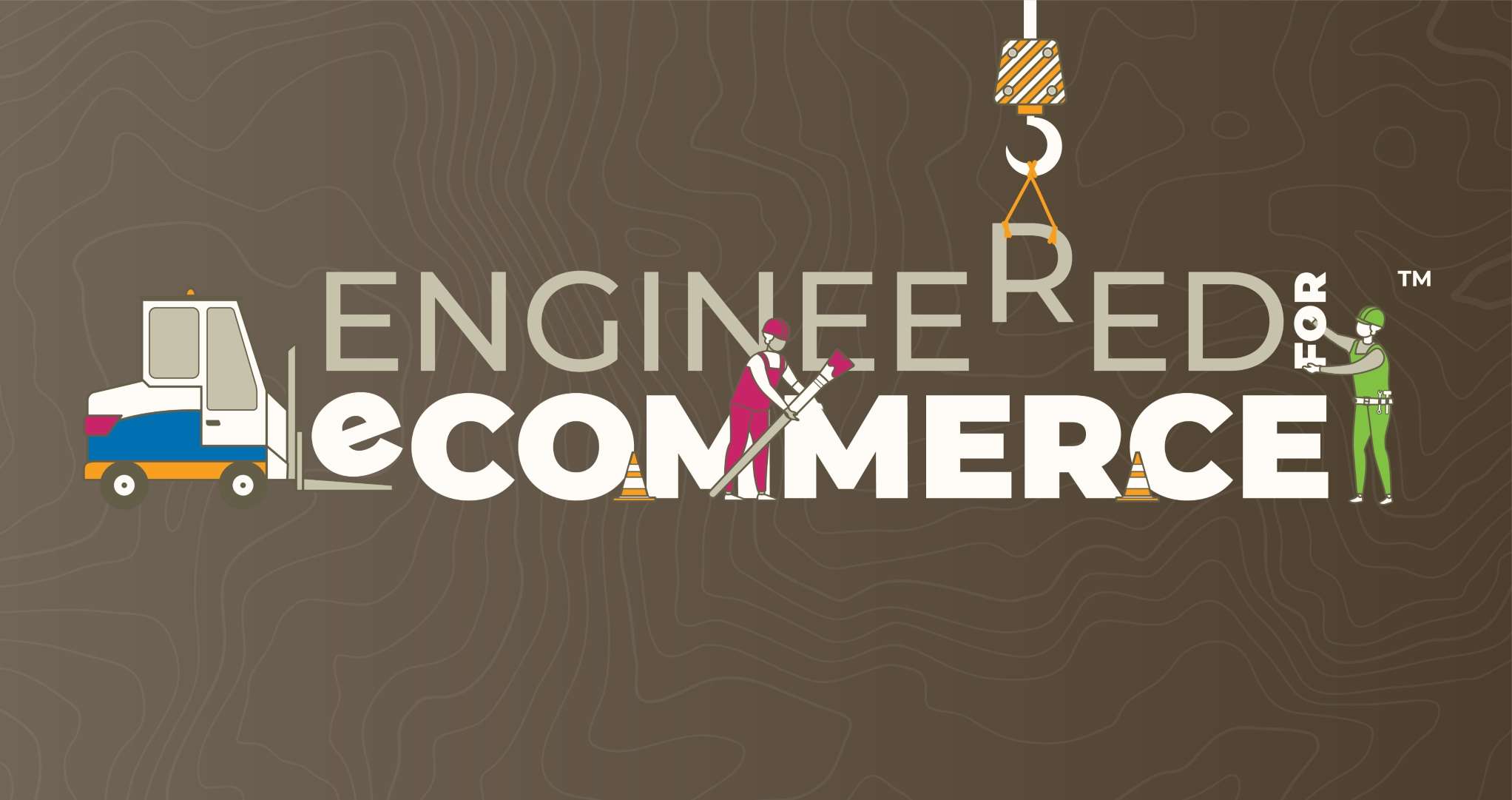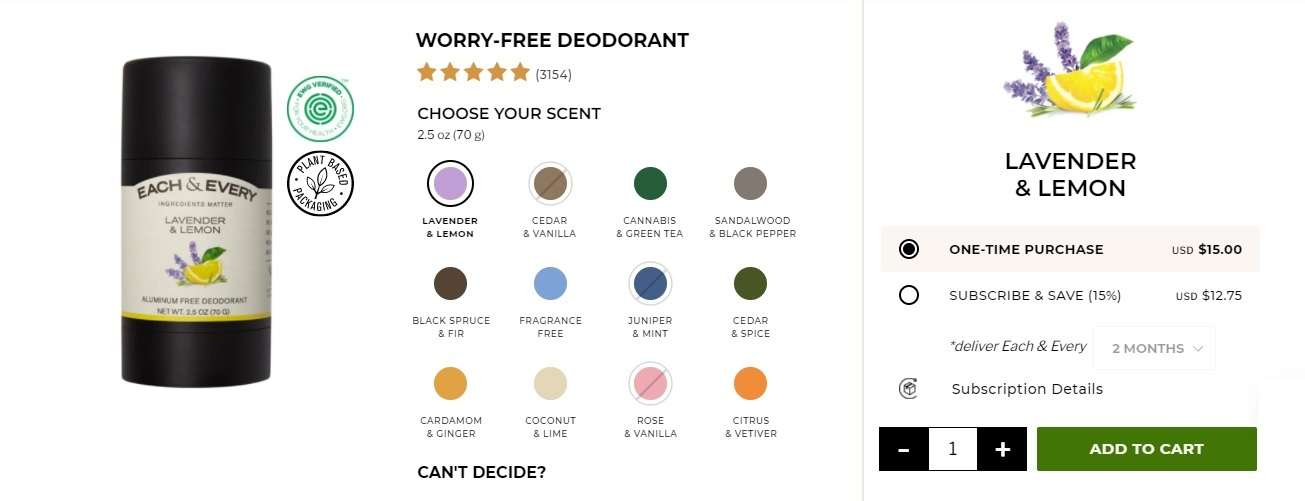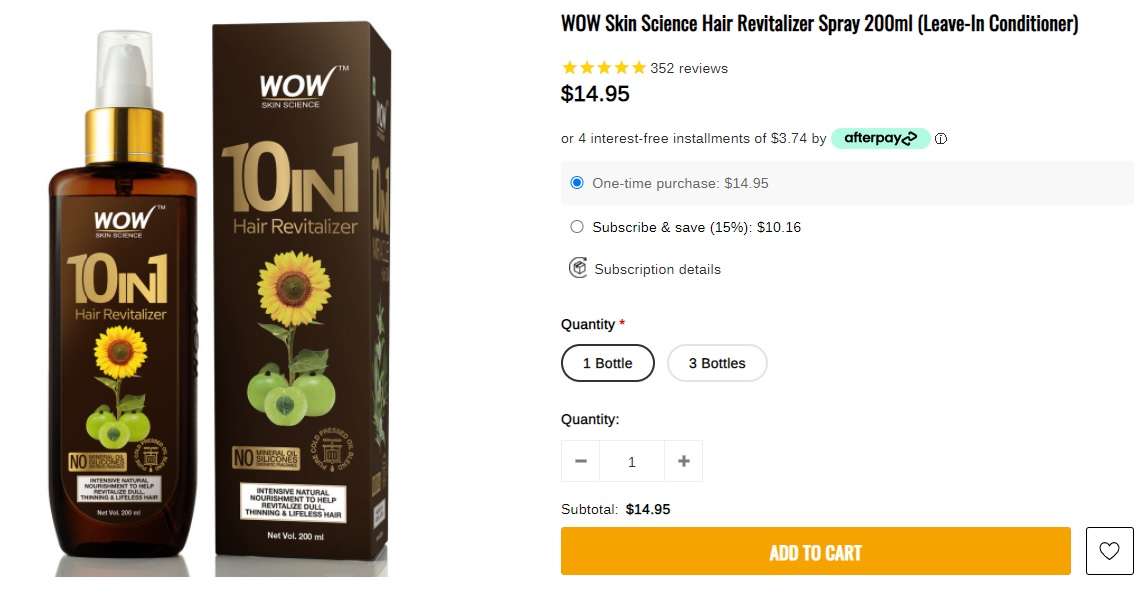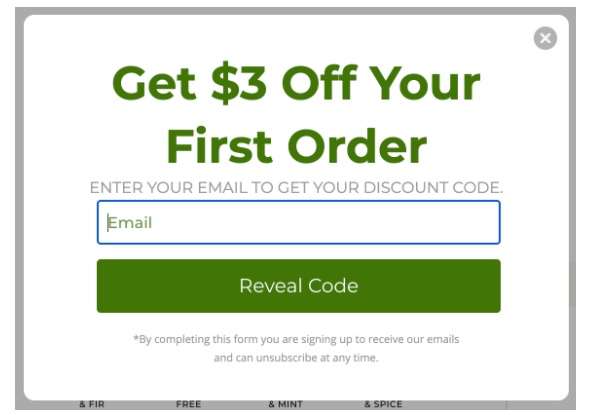Webinar Recap: Aggressive Acquisition

October 1, 2020

Engineered for eCommerce is a two-part webinar series focused on lessons we can learn from brands that were built for eCommerce. If you haven’t already, catch the highlights from part one here.
In part two, we focused on Aggressive Acquisition. Once again, we used examples from Death Wish Coffee, Puracy, Anker, Each and Every, and WOW. These brands are “mules” in the world of eCommerce, meaning they are founder or Angel-funded and often seek their growth organically. Because they do more with less, this forces them to be innovative.
When it comes to DTC, especially for companies like these, the strength of their acquisition efforts can make or break them. Here’s what they’re doing well:
- They integrate multiple acquisition channels to tie DTC and marketplace together.
- Their websites and media focus on selling products.
- They keep core media simple, prioritize, test, and optimize.
- They know how to find undiscovered SEO gold and they mine it aggressively.
- They make their brand sticky.
In the end, it’s all about math. The goal is to keep your Cost Per Acquisition (CPA) lower than your Customer Lifetime Value (CLV). All other KPIs and tactics lead back to this.
Below are the 5 keys lessons on acquisition marketing that we covered in the webinar.
Lesson 1: Integrate your acquisition efforts
It’s easy to think about Amazon, DTC, Walmart.com, and other marketplaces as separate channels. In truth, they’re all part of the shopper journey. When looking for the right shampoo, the right protein bar, or the right alarm clock, your shopper may stop at all three.
Your marketplace and DTC channels reinforce each other. The marketplace serves as a mass acquisition channel, while your DTC channel is where you can nurture and grow relationships with your shoppers.
The hard part? Accelerating the migration of marketplace buyers to your DTC platform. We discussed 5 tactics from brands we study:
- Automated email push, primarily through Amazon’s buyer/seller messaging system.
- Content offers, like recipe books and installation videos hosted on brand properties.
- VIP and loyalty clubs to bring shoppers into the brand’s CRM.
- Customer service gives you the opportunity to solve a shopper’s problem and get them into your community.
- Retargeting (a gray area) to reach marketplace shoppers or lookalikes through paid media meant to drive them to your site.
Lesson 2: Get to the point – selling!
Cost per acquisition is determined by two things: your cost per click and your conversion rate.
You have about 2-3 seconds to make sure people understand what you are and how you’re different when they land on a page. To maximize your conversion, you have to make every page session count. That means your goal should be to get a sale or get an email.
The Death Wish homepage has a great example. As soon as you scroll past the featured image, you see a subscription offer for their hero product. The experience isn’t all about the products, though. Death Wish also focuses on building trust and removing barriers, whether that’s through guarantees, claims, or free shipping.
Speaking of barriers, the average shopper likely only sees 3 pages or less on your site. Every click you remove counts. To do this, Each and Every dropped their category pages altogether. Instead, you go straight to a variated product page.

Another tactic we discussed is driving a sense of urgency. WOW does this by showing how many shoppers have recently purchased a product and how many are currently browsing when you click on “quick view”. Talk about creating a scarcity mentality!

Lesson 3: Optimize a simpler marketing mix
Keep your media planning simple, and use test and learn to optimize.
There are a few important points here.
- Have one budget. This allows you to keep things fluid between months. You can shift funds between channels as you find the lowest CPA.
- Work from the bottom of the funnel up. Start with on-platform media before moving into search and social. Go for programmatic ads last if there’s still room in the budget.
- Save 30-40% of the investment for ongoing test and learn activity. Arbitrage (taking advantage of a price difference between two or more markets) is what allows brands to do this.
Death Wish, Puracy, and Wow all do a fantastic job of testing new ad platforms and placements that often get overlooked. For example, Puracy has been testing out Spotify’s new Ad Studio, and Death Wish uses Gmail’s under-utilized email ads to stay on customers’ minds.
There are four big benefits to experimentation through arbitrage:
- Generating early learnings and gaining marketing expertise
- Gaining cheap impressions at scale
- Understanding potential early ROAS and what future growth tracks could be
- Testing new creative, messaging, and strategy
No matter the platform, successful eCommerce brands are relentless optimizers. They take advantage of tools like A/B testing, user surveys, audience testing, and bid optimization.
Lesson 4: Master niche SEO/SEM
When it comes to SEO and SEM, it pays off to go narrow and niche down. Keep in mind that niche doesn’t mean small.
When dimethicone-free products became a trend, Puracy took advantage of this niche and wrote a blog about it. As a result, they get almost 10% of the traffic for this niche keyword. That translates to thousands of sessions from one search engine optimized blog.
WOW is another great example of a brand dominating a trend. Apple cider vinegar gets 301,000 Google searches per month. On top of building their SEO strategy around apple cider vinegar, they also bought and created a site: applecidervinegarshampoo.com.
Identifying these niche trends when building your SEO and SEM strategies can make a huge difference.
Lesson 5: Make your DTC sticky
Once you’ve invested all that effort and money into getting a shopper on your site, you have to make sure you stay on their minds so that they buy. This means getting as many opportunities to talk to them as possible.
The first step is retargeting effectively. Pretty much any ad platform offers retargeting capabilities that allow you to reach your site visitors anywhere. You can even create dynamic ads based on what they viewed.
After retargeting, your CRM is the most important element when it comes to making your brand sticky. Getting a visitor’s contact information allows you to stay engaged. This also reinforces our previous point. If you can’t get the sale, get an email.
Once you have a visitor’s contact info, make sure you welcome them, reward them, and keep them coming back!
You’re probably familiar with pop-up offers that require an email, like this one from Puracy.

These have been around for a long time, and they still work! Today, opt-ins can get a lot more complex, from chatbots initiating conversation to campaign-based popups.
Make sure you drive a sense of community in all your communications, even in basic transactional emails. You can also take advantage of loyalty and referral programs to reward loyal fans and bring new people into the fold.
Bringing It All Together
If you take nothing else away from all these lessons, here are the key points to remember:
- Don’t look at DTC as a business model. It’s part of your marketing mix.
- Look for ways to connect your DTC and retail efforts.
- Be aggressive! Don’t be afraid to sell to the shopper.
- Keep your media plans simple and optimize relentlessly.
- Once you’ve engaged your shopper, don’t let them go.
